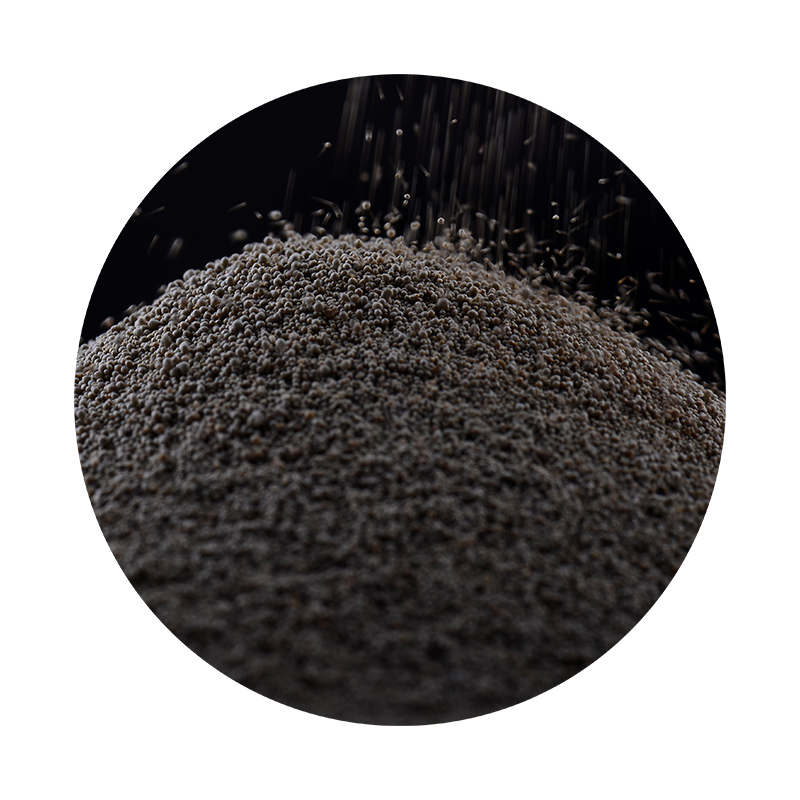The Art of Sanding 3D Resin Prints A Comprehensive Guide
3D printing has revolutionized the world of manufacturing, offering unprecedented possibilities for creators, engineers, and hobbyists alike. Among the various methods of 3D printing, resin printing stands out for its ability to produce highly detailed and smooth surfaces. However, to achieve the best finish possible, post-processing steps, particularly sanding, are vital. This article will explore the importance of sanding 3D resin prints, the techniques involved, and tips for achieving a flawless finish.
Sanding is an essential step in post-processing resin prints, as it helps to remove the layering artifacts that are often visible on the surface of the print. Despite the high resolution of resin printers, prints can still exhibit blemishes, rough areas, or support marks that detract from their overall appearance. By sanding these imperfections, creators can enhance the print’s visual appeal and prepare it for painting or further finishing techniques.
The Art of Sanding 3D Resin Prints A Comprehensive Guide
Before starting the sanding process, it is advisable to wear protective gear. Resin can emit harmful fumes, and the sanding process can create fine dust particles. Wearing a mask and gloves will help protect against inhaling harmful substances and protect your skin from irritation. Additionally, working in a well-ventilated area is crucial to minimizing exposure to resin fumes.
sanding 3d resin prints

When sanding, it is important to keep the sanding surface flat and even. Using a sanding block or a perfectly flat surface can help maintain even pressure across the print. This technique prevents creating uneven surfaces or indentations. For intricate details, using flexible sanding sponges or finger sanding tools can allow for better control and precision.
In addition to the mechanical aspects of sanding, there are some best practices to follow. Always start with a light touch to gauge how the print reacts to sanding. It’s easy to oversand and create depressions in the surface. Regularly inspect your progress by wiping the surface with a damp cloth to remove dust, allowing you to see how much material has been removed.
Once the sanding process is complete, it’s beneficial to wash the print thoroughly to remove any residual dust. A soaked cloth or a quick wash in warm soapy water can work wonders. This not only improves the print's final appearance but also enhances any subsequent finishing processes, such as priming or painting.
In conclusion, sanding 3D resin prints is an integral part of the post-processing workflow that can elevate the quality of your projects. By selecting the appropriate tools, practicing correct techniques, and adhering to safety protocols, you can achieve beautiful, smooth, and professional-looking 3D prints. Whether you are a hobbyist or a professional, mastering the art of sanding will certainly pay off in your 3D printing endeavors.
Post time:Σεπ . 07, 2024 07:46
Next:Sand Casting Components - High-Quality Custom Solutions
